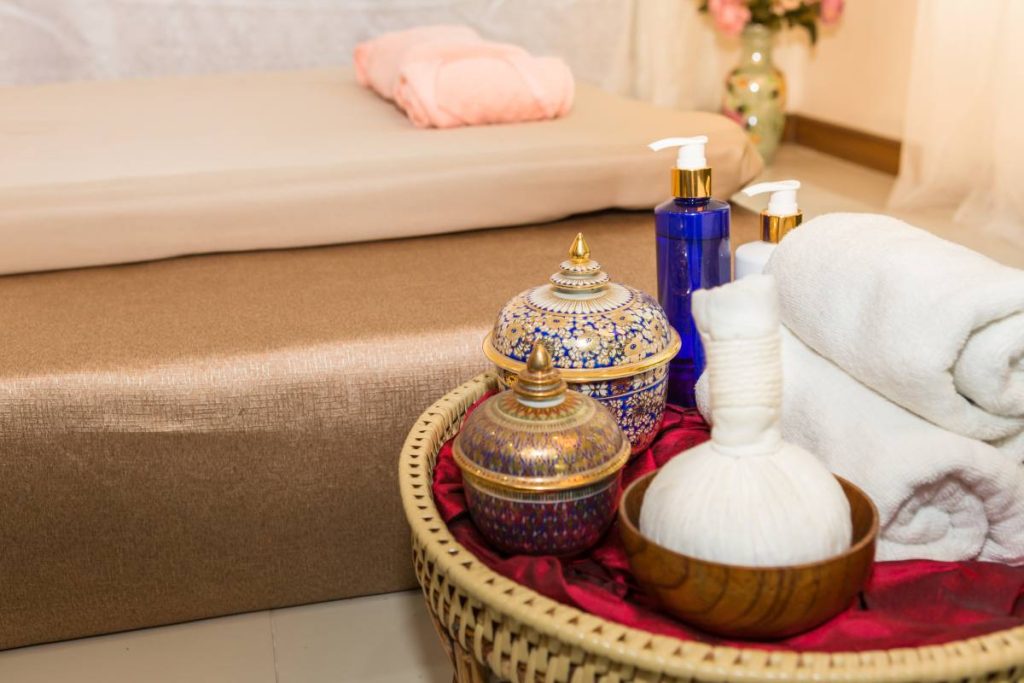Where the Traditional Hamam Began
The origins of the Traditional Hamam can be traced back to Roman thermal baths and evolved through centuries under Islamic and Ottoman influences. With its domed ceilings, marble interiors, and structured rituals, the Traditional Hamam became a central part of community life, symbolizing both purification and social gathering.
What Happens in a Traditional Hamam?
A visit to a Traditional Hamam follows a specific sequence: entry into a warm steam room, followed by full-body exfoliation using a coarse mitt, then a rich soap massage, and finally, a cold rinse. Each step in the Traditional Hamam is meant to open pores, stimulate circulation, and leave the body and mind in a state of deep calm.
Why the Traditional Hamam Is Still Relevant
Despite modern spa trends, the Traditional Hamam holds a timeless appeal. Its focus on natural heat, water, and human touch offers a rare experience in today’s fast-paced world. Many rediscover the Traditional Hamam not just for relaxation, but for its powerful detoxifying and stress-reducing effects.
Physical and Mental Benefits of the Traditional Hamam
The steam and exfoliation in a Traditional Hamam help remove dead skin, cleanse toxins, and improve blood flow. Mentally, the ritual promotes mindfulness and deep relaxation. Regular visits to a Traditional Hamam can reduce muscle tension, ease anxiety, and even aid in better sleep quality.
The Ritual and Respect in the Traditional Hamam
The Traditional Hamam is not just a place, but a sacred ritual that reflects respect for the body and community. There is etiquette involved—silence is valued, cleansing is done respectfully, and the environment is serene. Being in a Traditional Hamam is like stepping into another era, where care and intention guide every movement.
How to Prepare for a Traditional Hamam Experience
Before entering a Traditional Hamam, hydrate well and wear the traditional pestemal wrap or light swimwear. Let go of expectations and embrace the process. The more relaxed and present you are, the more benefits you’ll receive from your time in the Traditional Hamam.
Conclusion
The Traditional Hamam is a beautiful intersection of culture, wellness, and ritual. It teaches us to slow down, to respect our bodies, and to connect with centuries of tradition. Whether you’re a curious traveler or a local rediscovering ancient customs, the Traditional Hamam offers an unforgettable journey of healing and purification.
Frequently Asked Questions
- What makes a Hamam “traditional”?
A Traditional Hamam follows historic rituals, uses marble architecture, and focuses on steam, exfoliation, and manual bathing. - Is the Traditional Hamam different from a spa?
Yes, the Traditional Hamam is rooted in cultural and religious customs, offering a more structured and historic cleansing ritual than a modern spa. - Can I visit a Traditional Hamam alone?
Absolutely. Many solo visitors enjoy the introspective and calming environment of the Traditional Hamam. - What do I wear in a Traditional Hamam?
A pestemal (cotton wrap) is typically provided, though some guests choose to wear swimwear in the Traditional Hamam. - Is the exfoliation painful?
The exfoliation in a Traditional Hamam is firm but should not be painful. Communicate with your attendant if it’s too intense. - How often should I go to a Traditional Hamam?
Visiting a Traditional Hamam once or twice a month is ideal for maintaining skin health and mental clarity. - Are children allowed in the Traditional Hamam?
Some Traditional Hamam facilities allow children during specific hours. It’s best to check in advance. - Can I talk during the Hamam?
While small talk is allowed, quiet and respect are encouraged in the Traditional Hamam. - Do I need to bring anything?
Most Traditional Hamam locations provide essentials like soap, towels, and slippers, but bringing your own toiletries is also fine. - How will I feel after the experience?
Most people feel relaxed, clean, and lighter after spending time in a Traditional Hamam.
